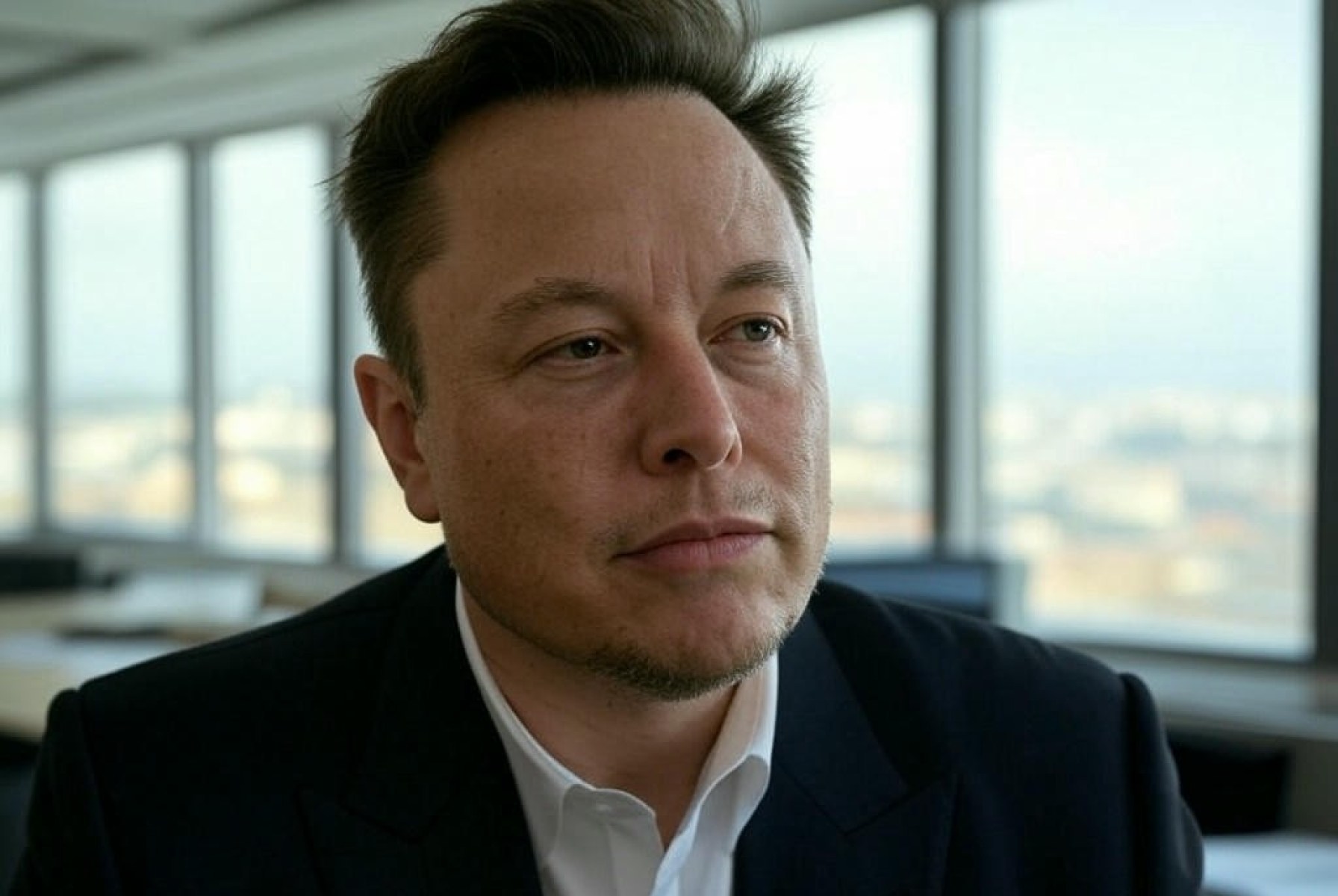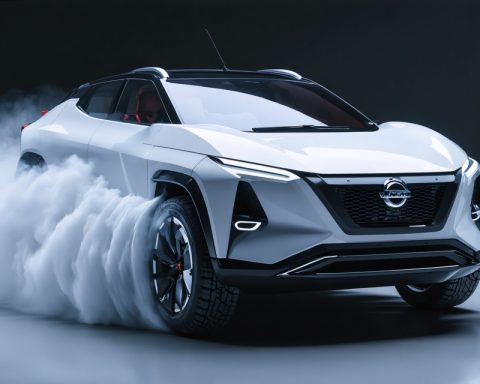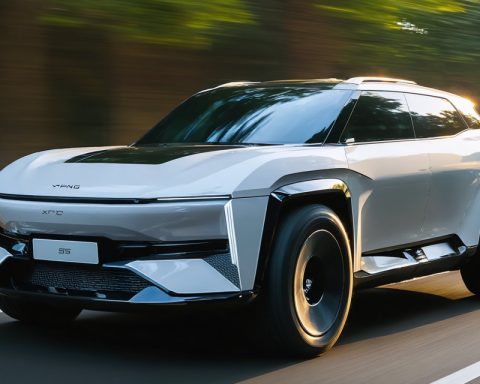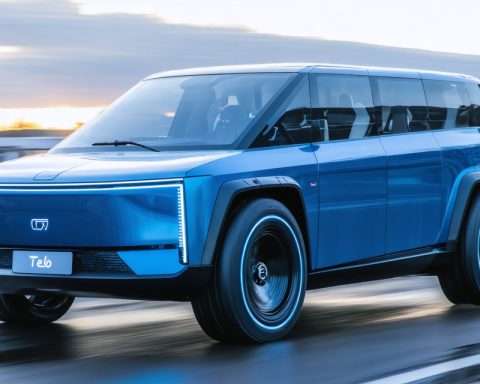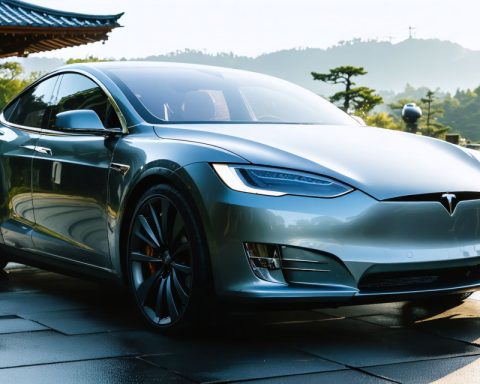- Tesla faces significant challenges in Europe, with registrations dropping by over 40% in early 2023, while the overall EV market grows by 31.4%.
- Intensifying local competition and Elon Musk’s controversial public image pose additional hurdles for Tesla in the European market.
- Tesla aims to counteract its decline with the refreshed Model Y and a new affordable model, potentially reigniting consumer interest.
- Investor confidence remains, citing global EV market potential, despite setbacks in Europe.
- The decline in petrol vehicle sales underscores the broader shift towards EVs, indicating opportunities for Tesla’s growth.
- Analysts and investors eagerly await Tesla’s upcoming first-quarter delivery report and strategic product rollouts.
- The company’s European journey highlights a critical moment for both Tesla and the global EV movement, involving market, innovation, and social perception challenges.
Tesla, a company often lauded as the vanguard of electric vehicles, finds itself navigating turbulent waters in Europe, a region crucial to its global ambitions. Despite a landscape ripe with potential, Tesla faces mounting hurdles as competition intensifies, key product transitions take shape, and the CEO’s polarizing persona casts long shadows.
The numbers tell an urgent story. Recent data from the European Automobile Manufacturers’ Association (ACEA) highlights a stark 40.1% drop in Tesla’s registrations across the EU, UK, and EFTA in February, echoing a broader 42.6% decline observed over the first two months this year. This slump starkly contrasts with the overall surge in EV registrations across these regions, marking a robust 31.4% growth from January to February alone.
Yet, amidst the shifting currents, Wall Street’s more ardent supporters of Tesla remain unfazed. Analysts point to the twofold challenge of rising local competitors and Elon Musk’s divisive influence, especially in a European market that now brims with alternate EV choices. Despite these obstacles, some investors exude confidence in Tesla’s strategic maneuvers and future prospects.
Tesla is not standing still. The much-anticipated rollout of the refreshed Model Y and the debut of a new affordable model are poised to redefine its appeal, potentially reversing some of the recent losses. These models could prove pivotal, sparking renewed interest and reversing the current downtrend.
Yet, the Tesla brand is also grappling with an unspoken challenge: Musk’s controversial endorsements. These political alignments have alienated a segment of potential European buyers, whose eco-conscious values clash with Musk’s controversial positions. This disconnect highlights the intricate dance between corporate leadership and market perception in a globalized economy.
While these dynamics play out, analyst Tom Narayan remains optimistic, underscoring the overall underpenetration of EVs globally. He believes a rising tide in the EV sector could benefit all players, including Tesla, despite the current setbacks. With traditional petrol vehicle sales declining by nearly 22% early this year in Europe, the shift towards electric is undisputed, and Tesla’s enduring influence in the US market offers a hopeful counterpoint to its European struggles.
As the refreshed Model Y enters the scene and Tesla gears up to report its first-quarter deliveries, the coming weeks will be crucial. Investors, EV enthusiasts, and market watchers alike await these new data points with bated breath.
Tesla’s journey in Europe is not just about reconciling numbers but navigating the complex interplay of innovation, market dynamics, and social perceptions. This narrative highlights a critical juncture not just for Tesla, but for the electric vehicle revolution worldwide. If Tesla can surmount these challenges, it may yet redefine its legacy in the global EV arena.
Can Tesla Maintain Its Edge in the European EV Market?
Understanding Tesla’s European Dilemma
Tesla, recognized for revolutionizing the electric vehicle (EV) landscape, is encountering significant hurdles in Europe. Competition has surged, and Tesla’s European registration numbers are declining. According to the European Automobile Manufacturers’ Association (ACEA), Tesla saw a steep 40.1% decrease in registrations in February across the EU, UK, and EFTA. This decline is particularly striking given the 31.4% increase in overall EV registrations during the same period.
Key Factors Impacting Tesla in Europe
1. Rising Competition: The European market is flooded with new EV manufacturers offering a range of alternatives to Tesla’s lineup. Companies like Volkswagen, BMW, and new players such as NIO and BYD are increasing their presence.
2. Leadership Perception: Elon Musk’s controversial public statements and political endorsements can alienate eco-conscious European consumers, influencing Tesla’s market perception and brand loyalty.
3. Pricing and Affordability: Tesla’s price points have often been a topic of debate. The introduction of a more affordable Tesla model could be pivotal in regaining market share as consumers seek cost-effective electric solutions.
Tesla’s Strategies and Market Trends
– Introduction of New Models: The upcoming refreshed Model Y and an affordable model might reverse the current registration slump by attracting new consumers looking for innovation and value.
– Global EV Market Growth: Despite challenges, analyst Tom Narayan believes in the potential for all EV manufacturers as global EV penetration increases, with traditional internal combustion vehicle sales decreasing by 22% this year in Europe.
– Sustainability Initiatives: Tesla’s commitment to sustainability aligns with European values, potentially bridging gaps created by leadership controversies.
How-To Steps & Life Hacks for European Tesla Buyers
– Navigating Incentives: Research and utilize European country-specific EV incentives which can significantly reduce the cost of ownership. These can include tax breaks, subsidies, and reduced registration fees.
– Charging Infrastructure: Determine the availability and density of Tesla Superchargers versus third-party charging networks in your area to plan efficient long journeys.
Controversies & Limitations
– Autopilot Concerns: Automated driving features remain both a selling point and a concern given regulatory scrutiny and high-profile incidents.
– Supply Chain Challenges: Global supply chain issues might affect Tesla’s delivery timelines and production capacities impacting European availability.
Recommendations for Tesla
– Local Manufacturing: Expanding production facilities within Europe could reduce costs and appeal to national pride, similar to its Gigafactory in Berlin.
– Enhanced Consumer Engagement: Addressing consumer concerns through improved customer service and communication can strengthen brand loyalty despite leadership controversies.
Conclusion: Quick Tips for Immediate Action
For potential Tesla buyers or investors in Europe:
– Monitor Model Releases: Keep a close watch on new model announcements; early adoption may yield cost benefits and exclusive features.
– Evaluate Competitors: Comparing features, pricing, and reviews of competing EVs can ensure the best purchase decision.
– Stay Informed: Follow credible news and authoritative resources for the latest developments in Tesla’s strategies and European EV market trends.
For more information on Tesla, visit the official Tesla site.
